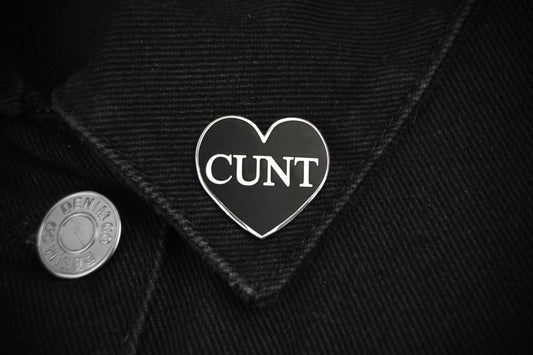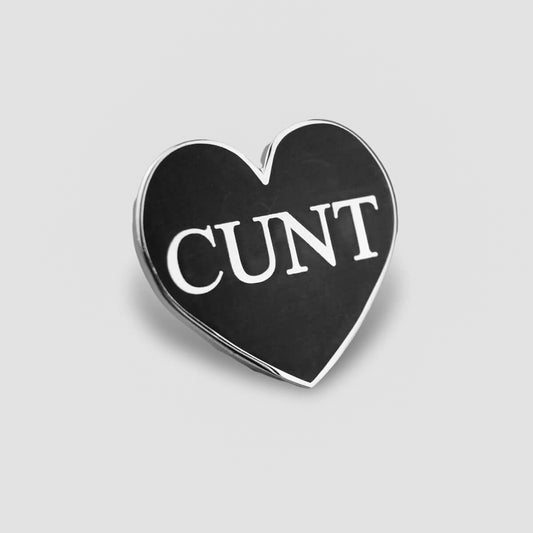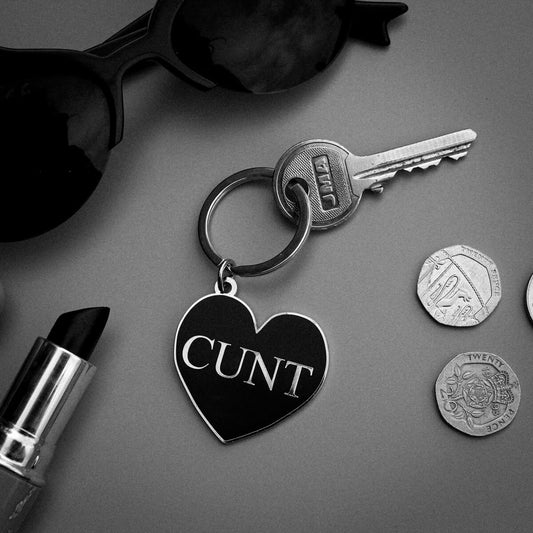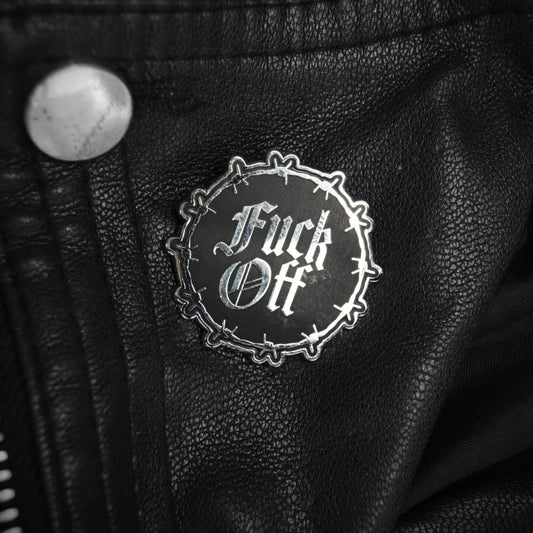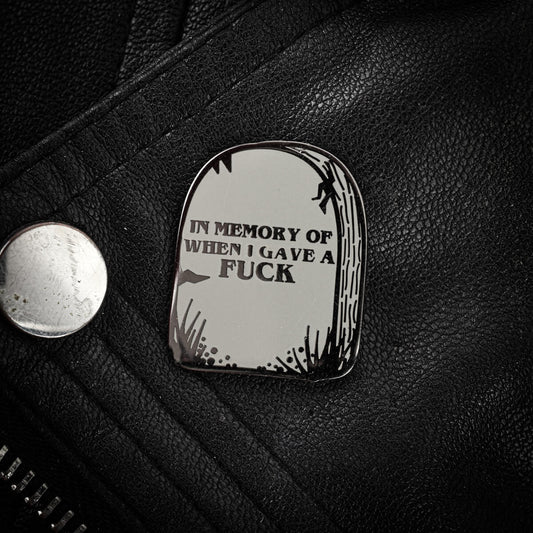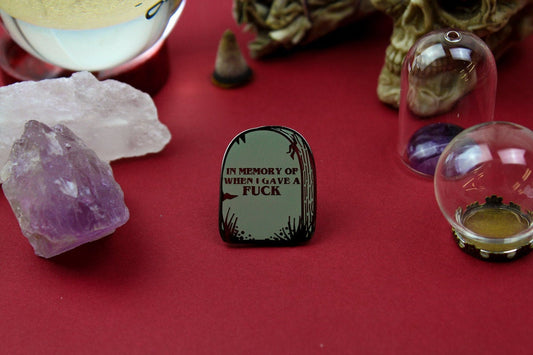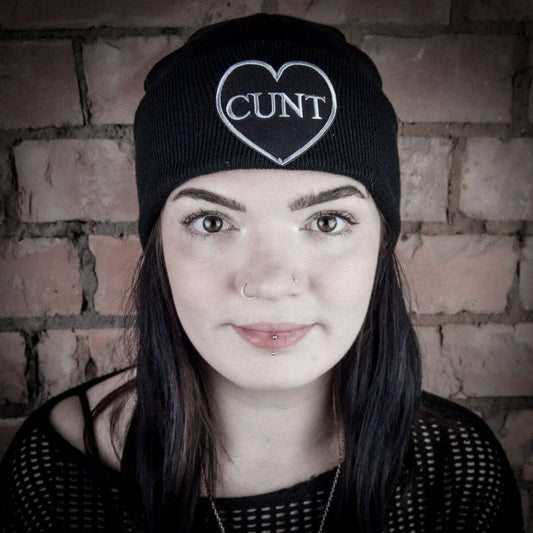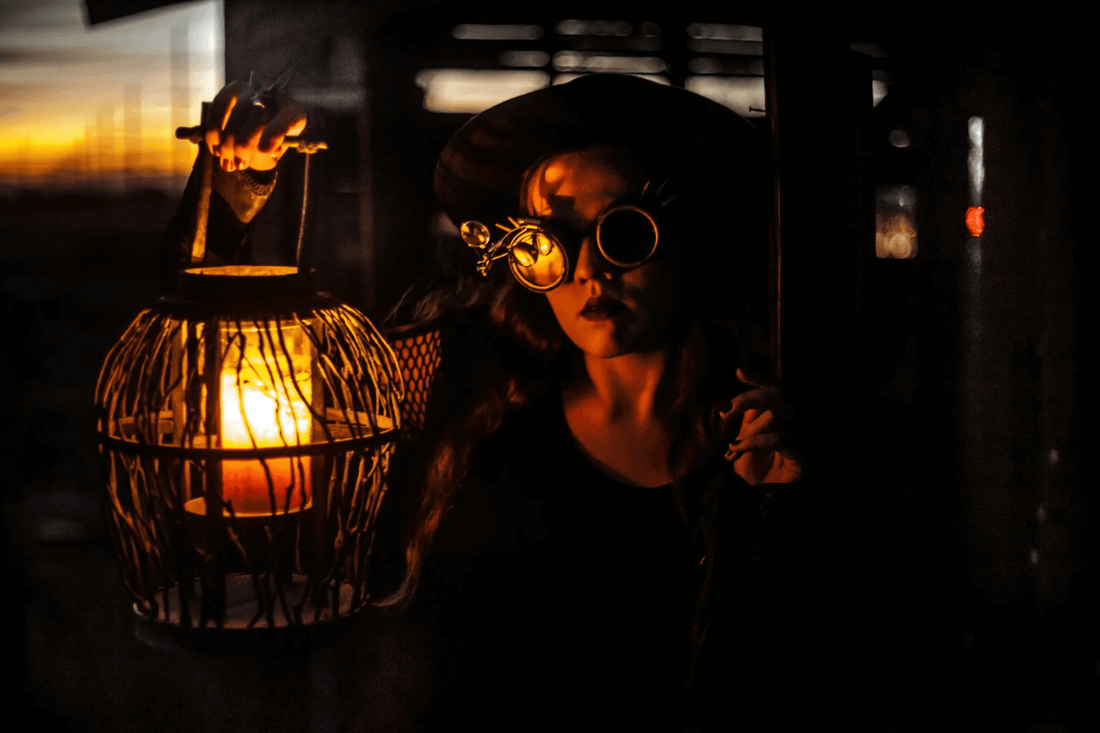
What are the subcultures within the goth community?
Share
Goth culture is far more than just a singular, monolithic movement. It’s a diverse and evolving world made up of various subcultures, each with its distinct styles, interests, and influences. While goth as a whole is unified by its appreciation of the darker side of life—through music, fashion, and art—the specific expressions of these values can differ widely. From the classic aesthetic of traditional goths to the futuristic, cyber-inspired look of the cyber goth scene, goth is a rich tapestry of individualism and collective identity. In this article, we’ll explore the key subcultures within the goth community, giving a closer look at the unique characteristics and influences that shape each one.
Traditional Goth
Traditional goth is the bedrock of the goth community, a subculture that traces its origins to the post-punk era of the late 1970s and early 1980s. Its foundations lie in the music of iconic bands like Bauhaus, Siouxsie and the Banshees, and The Cure, whose dark, atmospheric sound created the blueprint for goth music. This music, characterised by brooding lyrics and moody, reverb-laden guitar riffs, set the tone for the entire subculture. The aesthetic of traditional goths has evolved alongside the music, resulting in a style that still holds strong today.
Fashion is an integral part of traditional goth identity, and the hallmarks of the look include leather jackets, lace accents, and fishnet stockings. These items are often paired with accessories like studded belts and boots, creating a look that’s rebellious yet intricately detailed. For many, this combination of classic punk elements with more romantic, dramatic touches is what defines the traditional goth aesthetic.
Musically, traditional goths gravitate towards the original gothic rock sound, which includes bands like Sisters of Mercy and Fields of the Nephilim. These bands are known for their dark, melancholic lyrics and atmospheric soundscapes, which often delve into themes like isolation, despair, and love. While the music is central, traditional goth culture also extends to literature, art, and fashion, with a focus on expressing the darker aspects of the human experience. It’s this combination of music, fashion, and introspection that has kept traditional goth alive and relevant over the years.
Cybergoth
While traditional goth has its roots in the past, cybergoth takes things in an entirely different direction, fusing the dark tones of goth with a futuristic, industrial edge. Emerging in the late 1990s, cybergoth is a vibrant subculture that mixes elements of goth with techno and industrial music, creating a unique blend of dystopian and rave culture. One of the most striking aspects of cybergoth is its aesthetic, which stands in stark contrast to the darker, more muted tones of traditional goth.
Cybergoths are known for incorporating neon colours, reflective materials, and accessories like goggles, gas masks, and LED lights into their outfits. Hair is often styled into long, colourful synthetic dreads or cyberlox, with fluorescent hues such as green, pink, and blue being favoured choices. The overall look is a combination of cyberpunk and futuristic dystopia, with an emphasis on creating a visually striking and high-energy image.
Musically, cybergoths gravitate towards genres like EBM (Electronic Body Music), industrial, and techno. Bands like VNV Nation and Combichrist provide the soundtrack to cybergoth clubs and dance nights, where the high-energy beats are paired with futuristic visuals. The dance style that accompanies cybergoth music, known as cyberdancing, is typically fast-paced and mechanical, often mimicking the movements of a machine in time with electronic beats. The fusion of goth’s dark themes with the neon-hued, futuristic aesthetic makes cybergoth one of the most visually unique and energetic subcultures within the broader goth community.
Romantic Goth
For those who are drawn to the melancholic beauty of the 19th century, romantic goth offers a modern take on the aesthetic and values of Gothic literature and Victorian fashion. This subculture is heavily influenced by authors like Edgar Allan Poe and Mary Shelley, whose works often explore the darker sides of love, death, and the human condition.
In terms of style, romantic goths embrace flowing, dramatic fabrics like velvet, lace, and silk, often worn in the form of corsets, floor-length skirts, and blouses with intricate detailing. Accessories such as cameo jewellery, roses, and crucifixes add an air of mystery and elegance to their outfits, which are designed to evoke a sense of Victorian-era mourning attire. The overall look is timeless, with a focus on elegance and drama.
The music within the romantic goth scene often reflects the themes of longing and melancholy, with bands like Dead Can Dance and Black Tape for a Blue Girl playing heavily into the genre's exploration of love and loss. These musicians blend ethereal vocals with dark, ambient soundscapes, creating an atmospheric and haunting auditory experience. For romantic goths, the allure lies in the juxtaposition of beauty and sorrow, and their fashion, music, and literature all reflect this longing for something unattainable.
Gothabilly
A fun and quirky fusion of goth and rockabilly aesthetics, gothabilly brings together the dark themes of goth with the retro, 1950s-inspired fashion and music of rockabilly. This subculture, which gained popularity in the 1990s, is characterised by a distinctive mix of vintage style and macabre influences.
Gothabilly fashion is easily recognisable, with a preference for 1950s-inspired dresses, leopard print, and tattoos featuring pin-up girls or skulls. Pompadour hairstyles, rockabilly hairdos, and winged eyeliner are all staples within this scene, and there’s a heavy influence of retro, Americana culture. Think high-waisted pencil skirts paired with fishnets and stiletto heels, or a leather jacket worn over a pin-up-style dress adorned with bat or spider prints.
Musically, gothabilly is defined by its blend of rock’n’roll with dark, spooky themes. Bands like The Cramps and Horrorpops provide the soundtrack for this scene, mixing upbeat, rockabilly guitar riffs with lyrics that touch on classic horror themes. Gothabilly is fun, playful, and undeniably quirky, offering a lighter, more tongue-in-cheek take on goth culture while still staying true to its darker roots.
Vampire Goth
For those who are enchanted by vampire lore, vampire goth offers a subculture that’s heavily influenced by vampire mythology and gothic fiction. These goths often channel the mysterious, nocturnal elegance associated with vampires, with many drawing inspiration from films like The Hunger and literature like Anne Rice’s The Vampire Chronicles.
Fashion is at the heart of the vampire goth aesthetic, with an emphasis on Victorian and Edwardian clothing such as capes, lace-up boots, and cravat shirts. Some vampire goths go a step further, incorporating fangs into their look and donning red contact lenses to mimic the appearance of a vampire. The style often involves a mixture of luxurious fabrics like velvet and satin, combined with dramatic accessories like bat-shaped jewellery or blood-red brooches.
Night-time gatherings and themed events, such as vampire balls and masquerade parties, are integral to the vampire goth lifestyle. These events often take place in atmospheric, dimly lit venues, with music ranging from gothic rock to darkwave. Vampire goth culture is steeped in ritual, with many drawn to the idea of eternal life and the balance between light and dark. It’s a subculture that’s as much about performance and imagination as it is about the aesthetic, with its followers embracing the world of the undead with creativity and passion.
Deathrock
If punk’s DIY ethos and goth’s darker sensibilities had a love child, it would be Deathrock. This subculture emerged from the early punk scene in the 1980s, blending the rebellious energy of punk with a much darker, horror-inspired twist. Deathrock is all about raw, stripped-back sound, DIY fashion, and a strong sense of nonconformity. It is one of the grittier and more chaotic subcultures within goth, leaning heavily into the macabre and grotesque.
Deathrock fashion is defined by a deliberately dishevelled, almost apocalyptic look. Think torn fishnets, ripped shirts, and patched-up leather jackets. The use of skeleton motifs, horror makeup, and spiked or shaved haircuts is common, often paired with a dramatic and DIY approach to makeup—featuring exaggerated eyeliner, white face powder, and dark lipstick. The whole aesthetic leans into horror tropes, influenced by the early days of horror cinema and cult films like Night of the Living Dead.
Musically, deathrock takes its cues from early punk bands but injects a darker, more atmospheric tone. Bands like Christian Death and 45 Grave were pioneers of this sound, fusing raw punk energy with macabre themes and eerie, horror-inspired lyrics. Their music often features fast tempos, jangly guitar riffs, and raw, unpolished production, reflecting Deathrock’s rebellious spirit and its connection to the DIY ethics of punk. For deathrockers, the fusion of dark, horror-inspired imagery with punk’s aggressive edge creates a style that’s both confrontational and celebratory of the strange and unsettling.
Steampunk Goth
At the intersection of goth and steampunk, we find steampunk goth—a subculture that fuses Victorian-era aesthetics with the speculative, industrial world of steam-powered machinery. Steampunk goth embraces both the elegance of the Victorian era and the mechanical ingenuity of steampunk, resulting in a style that’s rich in historical references but also deeply imaginative and forward-thinking.
The fashion in steampunk goth is a unique blend of the old and the new, featuring traditional goth staples like corsets, lace, and leather paired with accessories like goggles, gears, and pocket watches. Brown leather is often mixed with the more classic black of goth fashion, and outfits are frequently adorned with cogs, metal pieces, and industrial design elements. This aesthetic is deeply rooted in the visual world of steampunk literature and art, where steam-powered machinery and Victorian elegance coexist.
What sets steampunk goth apart from other subcultures is its emphasis on DIY culture and craftsmanship. Many steampunk goths take pride in creating their costumes and accessories, often incorporating hand-made or modified items into their look. This subculture is particularly visible at events like steampunk conventions, where enthusiasts come together to showcase their elaborate outfits and creations. Steampunk goth’s fusion of historical fiction, science fiction, and gothic aesthetics makes it a deeply imaginative and creative subculture within the broader goth community, one that celebrates both individual craftsmanship and collective storytelling.
Conclusion
The goth community is a world of vast diversity, with each subculture contributing its unique voice and aesthetic to the whole. Whether it’s the classic, melancholic look of traditional goth, the neon-lit future of cybergoth, or the romantic, Victorian-inspired world of romantic goth, each of these subcultures brings something special to the table. From the playful fusion of goth and rockabilly in gothabilly to the imaginative DIY culture of steampunk goth, these subcultures allow for individual expression while also sharing common ground in their embrace of the darker aspects of life.
Across all these subcultures, certain themes remain constant: an appreciation for the beauty in darkness, a fascination with death and the macabre, and a strong sense of personal identity. Whether you find yourself drawn to the punk-inspired rebellion of Deathrock or the vampiric elegance of vampire goth, the goth community offers a space for individualism, creativity, and connection. This diversity within the goth scene ensures that it remains vibrant, evolving, and inclusive, a community where personal expression is as valued as the shared culture that binds it together.
As the goth subculture continues to evolve and adapt, it remains a powerful example of how personal identity and collective belonging can coexist in harmony, providing a space where darkness and beauty meet, and where every subculture plays a crucial role in enriching the whole.


